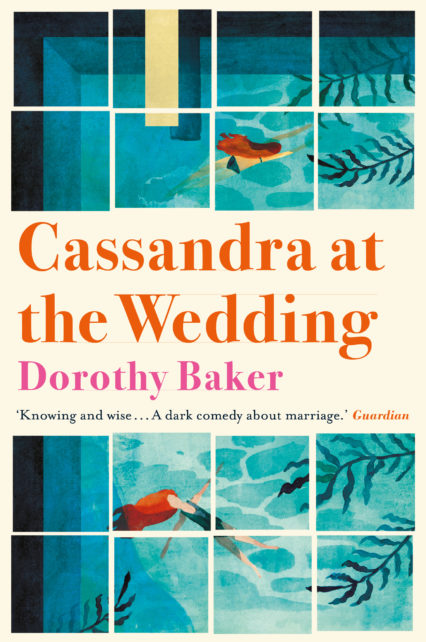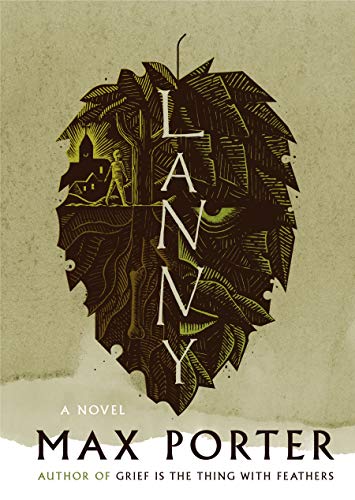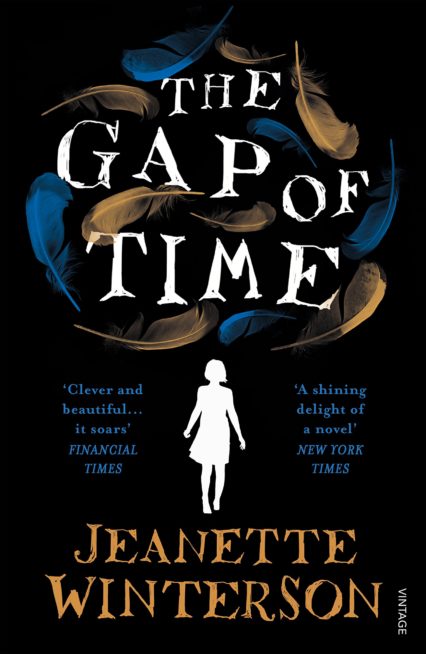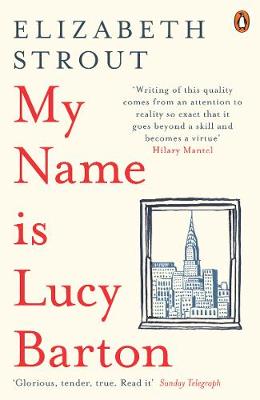Faced with the prospect of spending weeks alone indoors, escaping into the world of fiction has never been more appealing. Critic Gemma Pearson walks us through her reading list for the first two weeks in Wales Arts Review’s first lockdown library session.
As the second week of the UK’s coronavirus lockdown draws to an end and we are faced with the dizzying possibility of months of social distancing, I’ve been desperate for respite. Eager to consciously remove myself from the terrifying reality of the pandemic, it quickly became clear that it was the books on my shelf that offered the best tonic to the barrage of demoralising news reports.
Fortunately, my to-read list has grown luxuriously long. While there is no official guidance on what makes a good quarantine read, my stack of books is pretty diverse. Spanning a variety of genres, themes, and forms, my lockdown library might just point you in a new direction. So, while we all wait for the world to return to some degree of normality, here are the books I’ve been reading during the early stages of the COVID-19 quarantine. You never know, finding the right book might even placate those painful pangs of longing for now foreign concepts like “the pub” and “physical interaction”…
Cassandra at the Wedding, Dorothy Baker (1962)
 Cassandra Edwards, a graduate student at Berkeley, is travelling home to attend her twin sister’s wedding. Driving through the rich Californian sunlight with the roof down on her beloved Riley motorcar, Cassandra feigns carefree indifference. But, equipped with a handbag full of pills and an alcohol addiction, it becomes increasingly clear that Cassandra is at best unhappy and at worst explosively unstable.
Cassandra Edwards, a graduate student at Berkeley, is travelling home to attend her twin sister’s wedding. Driving through the rich Californian sunlight with the roof down on her beloved Riley motorcar, Cassandra feigns carefree indifference. But, equipped with a handbag full of pills and an alcohol addiction, it becomes increasingly clear that Cassandra is at best unhappy and at worst explosively unstable.
Cassandra at the Wedding is, first and foremost, delightfully witty; the prose radiates with a sharp, intelligent humour that outweighs the darker elements of the subject matter. The devastatingly precise family portraits are especially poignant and, serving as a clear indicator of her linguistic mastery, Baker’s written dialogue is utterly authentic. Combine this with a dreamy, languorous quality reminiscent of any classic work of American literature and you have a novel that, like medicine, has the propensity to soothe even the most encumbered of readers. Cassandra at the Wedding is the perfect antidote to our panic-inducing reality.
Lanny, Max Porter (2019)
 Lanny, an ethereal young boy with an elfin affinity for nature, confounds and delights his parents and the people he meets. But when he goes missing, the idyllic village he calls home descends into shameful cynicism and mistrust. Max Porter, having already demonstrated a talent for experimental prose in his debut novel Grief is the Thing With Feathers, triumphs once more in this strangely compelling multi-perspective novel about love, loss, and the eternal relationship between humans and nature.
Lanny, an ethereal young boy with an elfin affinity for nature, confounds and delights his parents and the people he meets. But when he goes missing, the idyllic village he calls home descends into shameful cynicism and mistrust. Max Porter, having already demonstrated a talent for experimental prose in his debut novel Grief is the Thing With Feathers, triumphs once more in this strangely compelling multi-perspective novel about love, loss, and the eternal relationship between humans and nature.
Lanny is told from the perspective of Lanny’s doting mother, his distant father, a local artist who revels in Lanny’s incantatory imagination, and Dead Papa Toothwort, an ancient shapeshifting spirit reminiscent of a Green Man who watches over the rural village. As well as the inclusion of this unusual narrator, another striking aspect of the novel is its richly stylized appearance on the page. The makings of Toothwort’s “English symphony,” italicised fragments of text that curl and twist around the page like branches, are unbound by traditional formatting processes. These snippets – “Agnetta’s piled on the pounds,” “we don’t welcome hobbyists, Malcolm,” “fine so long as Jimmy’s mum says so” – represent the ins and outs of village life, fleeting whispers offering an insight into the lives of our neighbours. At first, this novel seems too weird to work. But it does work, and it’s magical. Combining the physical and the natural, the modern and the pastoral, the individual and the communal, Lanny is an ecosphere of its own.
The Gap of Time, Jeanette Winterson (2015)
 Described as a “cover version” of Shakespeare’s penultimate play, A Winter’s Tale, Jeanette Winterson’s The Gap of Timeis a profoundly clever novel that brings the stage to the page. Initially told in two halves, Winterson’s text supplants Shakespeare’s original settings – Sicilia and Bohemia – in favour of a modern-day London and fictional American city, New Bohemia.
Described as a “cover version” of Shakespeare’s penultimate play, A Winter’s Tale, Jeanette Winterson’s The Gap of Timeis a profoundly clever novel that brings the stage to the page. Initially told in two halves, Winterson’s text supplants Shakespeare’s original settings – Sicilia and Bohemia – in favour of a modern-day London and fictional American city, New Bohemia.
Winterson’s story maintains all of the key tenets of the original story, exploring themes such as loss, grief, jealousy, regret, and forgiveness. Those familiar with Shakespeare’s original play will revel in Winterson’s skilful character adaptations, the updated settings, and the effortless move from poetry and dialogue to prose. The Gap of Time is immersive and brilliant; it’s a perfect distraction from the outside world.
My Name is Lucy Barton, Elizabeth Strout (2016)
 Lucy Barton is in hospital recovering from an operation when her estranged mother, who she has not seen nor spoken to in years, appears at her bedside. Set in the present but interrupted by fleeting flashbacks of her impoverished childhood in Amgash, Illinois, My Name is Lucy Barton is an meditative text haunted by memories of cruelty, exclusion and longing.
Lucy Barton is in hospital recovering from an operation when her estranged mother, who she has not seen nor spoken to in years, appears at her bedside. Set in the present but interrupted by fleeting flashbacks of her impoverished childhood in Amgash, Illinois, My Name is Lucy Barton is an meditative text haunted by memories of cruelty, exclusion and longing.
On the surface, this is a story of reconnection, a mother and daughter finding common ground after years of separation. Nevertheless, the true crux of Strout’s devastating narrative comes from Lucy’s introspection. It is what is not there and what is never spoken aloud that really saturates this novel with a profound melancholy, because it forces us to confront the silences, the gaps, and the unspoken truths in our own lives. Strout certainly has a talent for drawing out, in excruciating detail, the minutia of interpersonal relationships. Managing to tell the unspeakable story of countless fraying relationships through the lens of one, My Name is Lucy Barton is a short, unassuming book of immense power.



 Enjoyed this article? Support our writers directly by buying them a coffee and clicking this link.
Enjoyed this article? Support our writers directly by buying them a coffee and clicking this link.








